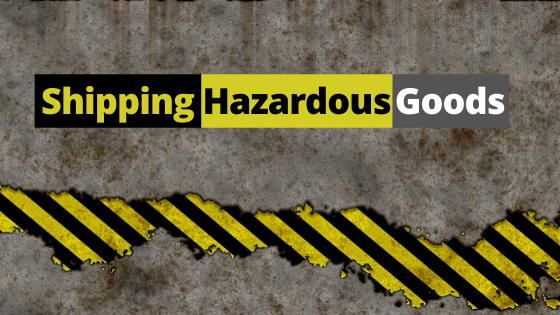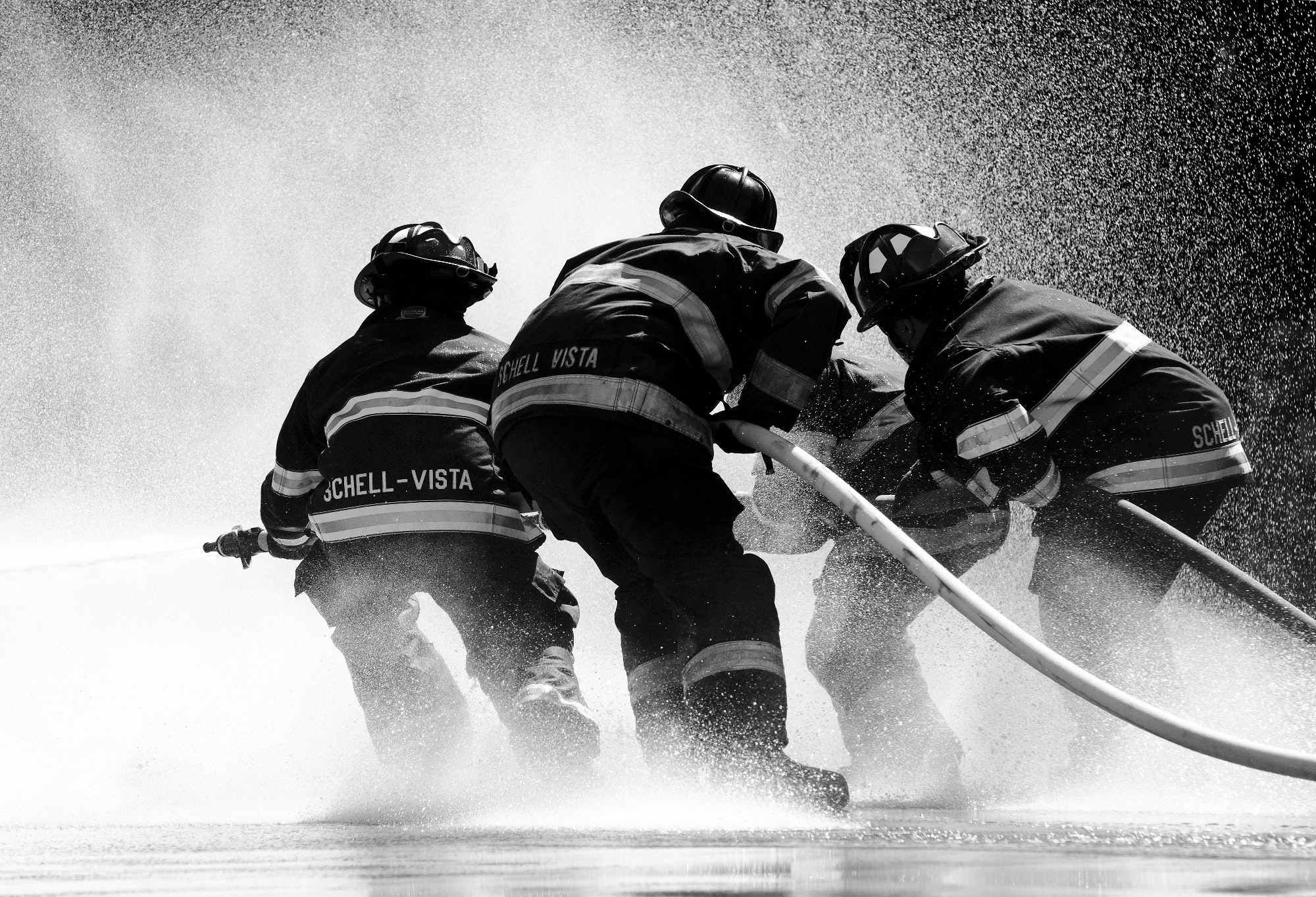Shipping Dangerous Goods Safely
“Dangerous Goods are substances that are corrosive, flammable, combustible, explosive, oxidising or water-reactive or have other hazardous properties. Dangerous goods can cause explosions or fires, serious injury, death and large-scale damage.” (Work Safe Victoria)
Your main point of contact if you are shipping dangerous goods, is the goods manufacturer.

Some Fundamental Documentation
It is the manufacturers duty to specify if the goods are dangerous and therefore, provide you with a Material Safety Data Sheet (MSDS) form. The MSDS form provides information on how to work safely with dangerous goods, how to transport them and the potential hazards. The MSDS will also include a United Nations (UN) number, which is the global standard for details of dangerous goods. The UN number provides the type of hazard, the handling information and the packaging requirements. Specialised packaging is a common requirement for dangerous goods, hence some goods may undergo repackaging.
Moreover, the manufacturer should provide the handling and receiving parties with a Dangerous Goods Declaration form. Once the sending party fills this form correctly, it should pass it onto their freight forwarder. Given that the information is complete and acceptable, the freight forwarder will coordinate between the client and service providers for the movement of cargo from point of origin, to destination.
Depending on the nature of the hazardous goods, you may require further documentation. Always seek professional advice if uncertain.
Examples of Dangerous Goods
Some examples of dangerous goods which you probably already knew of include;
- Asbestos
- Flammable Liquids (Petrol, kerosene, flammable paints etc…)
- Explosives
- Corrosives (Hydrochloric Acid)
And some, which may come as a surprise;
- Aerosol Bottles
- Mercury Thermometers
- Cotton
- Cans
- Acetone Bottles
You can find out which goods classify as dangerous goods, under the Dangerous Goods Act 1985.
Cars are no exemption here. If you are moving cars to and from overseas, ensure that the fuel and oil tanks are empty, the battery is disconnected and that there is no electric spark at any point. Failure to comply with those requirements, could lead into battery acid leakage, fuel gas leaks.
Importance of Dangerous Goods Handling – Case Studies
2015 Tianjin Explosions
On 12th August 2015, a series of explosions at a container storage station, at the port of Tianjin, killed 173 people and left 798 with non-fatal injuries.
It all started at around 22:50 that night when the first reports of a warehouse fire nearby came through. However, the firefighters were not informed of the 3,000 tons of illegally stored hazardous goods inside the warehouse. Thus, they treated the fire with water, which set in motion a series of escalating reactions. An initial explosion at 23:30, registered as a 2.3 magnitude. Thirty seconds later, an even larger explosion of 2.9 earthquake magnitude took place. The second explosion was so large, that the Himawari satellite recorded it.
Apartment blocks up to 2km away from the container park, experienced shattered glass, loss of roof tiles and ceiling damages. In total, 304 buildings, 12,428 cars, and 7,533 intermodal containers were damaged. According to Wikipedia, the estimated cost to businesses, of the break in the supply chain, was $9 billion!
Further investigation confirmed that an overheated container of dry nitrocellulose (cotton) was the cause of the initial explosion…
Wet Cell Battery Explosion, Australia
“A shipper consigned a wet cell battery undeclared as dangerous goods. Before consignment he emptied the acid out of the battery but failed to protect the terminals. He also, apparently in the same package, placed a brake cable. On arrival of the aircraft, the package was smouldering from the heat generated from the brake cable short circuiting the terminals. On unloading the package burst into flames. It is suspected that the reason the package was only smouldering in the aircraft hold was due to the lack of oxygen caused by a significant quantity of dry ice in that hold. Your luck is really in when one item of dangerous goods prevents a serious problem with another.” (Dangerous Goods Incidents, CASA)
Fact; The civil aviation authorities state that only 1% of all dangerous goods incidents, actually involved goods which had been accurately declared, packed, labelled and overall documented.

-
2023-24 BMSB Seasonal Measures
The 2023-2024 BMSB seasonal measures will apply to target high risk goods manufactured and shipped from target high risk countries
learn more→ -
BTi Industry Update – August 2021
The 2021-22 BMSB seasonal measures will apply to target high risk goods manufactured and shipped from target high risk countries
learn more→



